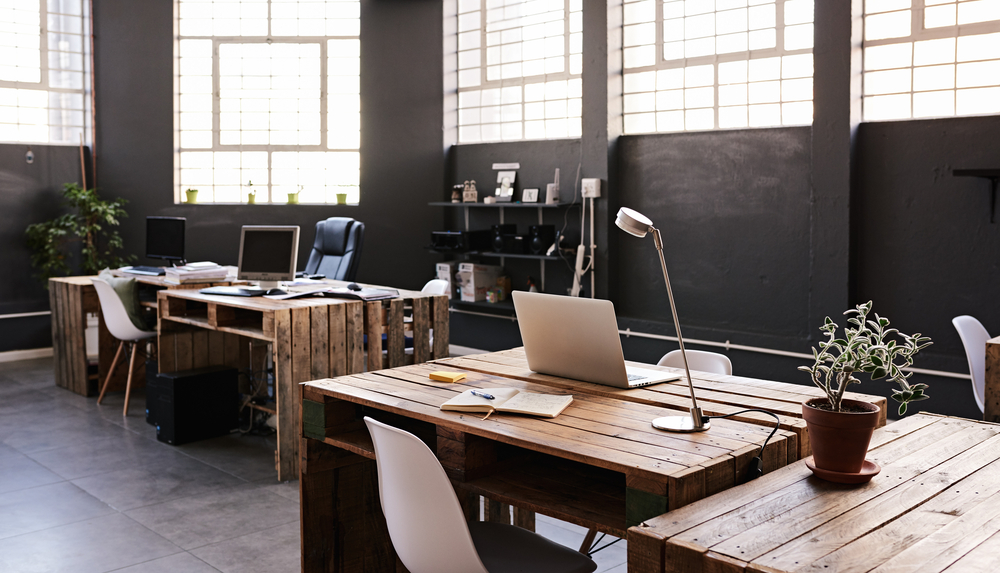
In an era where the boundaries between workspaces and living environments blur, redefining sophistication means enhancing productivity and comfort by implementing cutting-edge strategies. Here's how to transform your spaces into paragons of modernity and efficiency.
Modern technology has revolutionized both workspaces and living environments, making them more interconnected and efficient than ever. Smart technology, encompassing everything from intelligent lighting systems to AI-driven assistants, provides the backbone for this transformation. Smart thermostats, for instance, automatically adjust room temperatures based on occupancy and preferences, optimizing both comfort and energy consumption.
Automated lighting systems, such as those using motion sensors or adjustable color temperatures, reduce energy wastage and provide ideal lighting conditions tailored to specific tasks or times of the day.
Voice-activated systems, like Amazon's Alexa or Google Home, streamline everyday tasks, from setting reminders to controlling other smart devices, enhancing productivity effortlessly. In workspaces, smart desks equipped with height-adjustment features, USB ports, and integrated screens boost ergonomic comfort and technological sophistication. Similarly, home environments benefit from intelligent security systems and automated household appliances, which contribute to seamless, secure, and efficient living. The integration of these technologies fosters an ecosystem where every action, no matter how mundane, becomes more intuitive and efficient.
Ergonomic design plays a pivotal role in ensuring both productivity and comfort within any environment. Workspaces, for instance, benefit immensely from chairs that support proper posture, desks that adjust to standing or sitting positions, and computer peripherals designed to reduce strain. The right ergonomic setup can prevent chronic pain issues, boost concentration, and enhance overall performance. In a living environment, ergonomic principles are equally critical; furniture that offers comfort and supports the body’s natural alignment can drastically improve daily comfort and reduce the risk of musculoskeletal issues.
Ergonomic layouts contribute to spatial efficiency as well. In the workplace, organizing tools and resources within arm’s reach reduces unnecessary movement and time wastage, thereby increasing productivity. At home, applying ergonomic principles means designing kitchen spaces where commonly used items are easily accessible, or configuring living rooms that facilitate both relaxation and interaction. Personal work-from-home setups can benefit from adjustable monitors, keyboard trays, and supportive chairs, which bridge the gap between professional and domestic ergonomics. Overall, thoughtful ergonomic design elevates the sophistication of any space by harmonizing functionality with comfort.
Biophilic design focuses on incorporating natural elements into interior spaces to enhance health, wellbeing, and productivity. The underlying principle is that humans have an intrinsic connection to nature, and integrating this into our surroundings can drastically improve our quality of life. In workspaces, the introduction of plants, natural light, and organic materials can boost mood, reduce stress, and increase creativity. Plants not only improve air quality but also provide a sense of calm and greenery that can make lengthy work hours more tolerable. Large windows and skylights are not merely aesthetic choices but also critical in maximizing natural light, which has been shown to regulate circadian rhythms and boost productivity.
In residential environments, biophilic design translates to the use of wood, stone, and other natural materials that bring the tranquility of the outdoors inside. Indoor gardens, water features, and green walls create serene sanctuaries that can elevate daily living standards. Spaces that incorporate natural ventilation and aesthetic continuity with the outdoor environment can create harmonious and rejuvenating living areas. When both workspace and living environments embrace biophilic design principles, they become not only visually appealing but also supportive of mental and physical well-being, embodying true sophistication.
As the lines between home and work environments blur, the need for hybrid spaces that serve multifunctional purposes becomes increasingly apparent. Modern design philosophies advocate for flexible spaces that can seamlessly transition from work mode to relaxation mode. In professional settings, this could mean collaborative environments that easily convert into quiet zones or rooms that serve dual purposes like conference rooms doubling as break areas. Open-plan layouts with modular furniture allow for dynamic configurations, enabling spaces to adapt to varying needs throughout the day.
At home, the challenge is to design spaces that accommodate remote work, leisure, and family activities without each encroaching on the other. For instance, a dining room can function as an office by day and transform back to a family area by evening with minimal effort. Furniture that provides storage solutions and can be easily reconfigured plays a significant role in such adaptations. Utilizing space-saving designs, like wall-mounted desks or fold-away beds, can create hybrid environments that do not compromise on comfort or productivity. By leveraging multifunctionality, spaces become not only more efficient but also sophisticated enough to meet the diverse demands of modern life.
Sophistication in modern environments also means personalization and inclusivity. Tailoring spaces to meet the needs and preferences of individuals can significantly enhance comfort and productivity. In workspaces, this could involve adjustable office furniture, personalized lighting settings, and individualized climate control. When employees have a say in how their work environments are configured, they tend to feel more comfortable and motivated. Personalization also applies to digital tools, such as customized software interfaces and task management systems that align with individual workflows.
Inclusivity in design ensures that spaces cater to diverse needs, making them accessible to everyone. This means incorporating features such as ramps, adjustable-height desks, tactile guides, and assistive technologies for those with disabilities. In living environments, inclusivity might involve designing homes that cater to the needs of all age groups, from child-friendly spaces to areas that accommodate elderly inhabitants. This can be achieved through the thoughtful placement of handrails, non-slip flooring, and easy-to-reach storage. Personalized and inclusive environments reflect true sophistication by ensuring that all individuals can interact with their spaces comfortably and effectively.
In summary, redefining sophistication in workspaces and living environments involves an integration of smart technology, ergonomic design, biophilic elements, multifunctional spaces, and personalized inclusivity. These strategies collectively cultivate environments that are not only modern and efficient but also welcoming and supportive of both productivity and well-being.